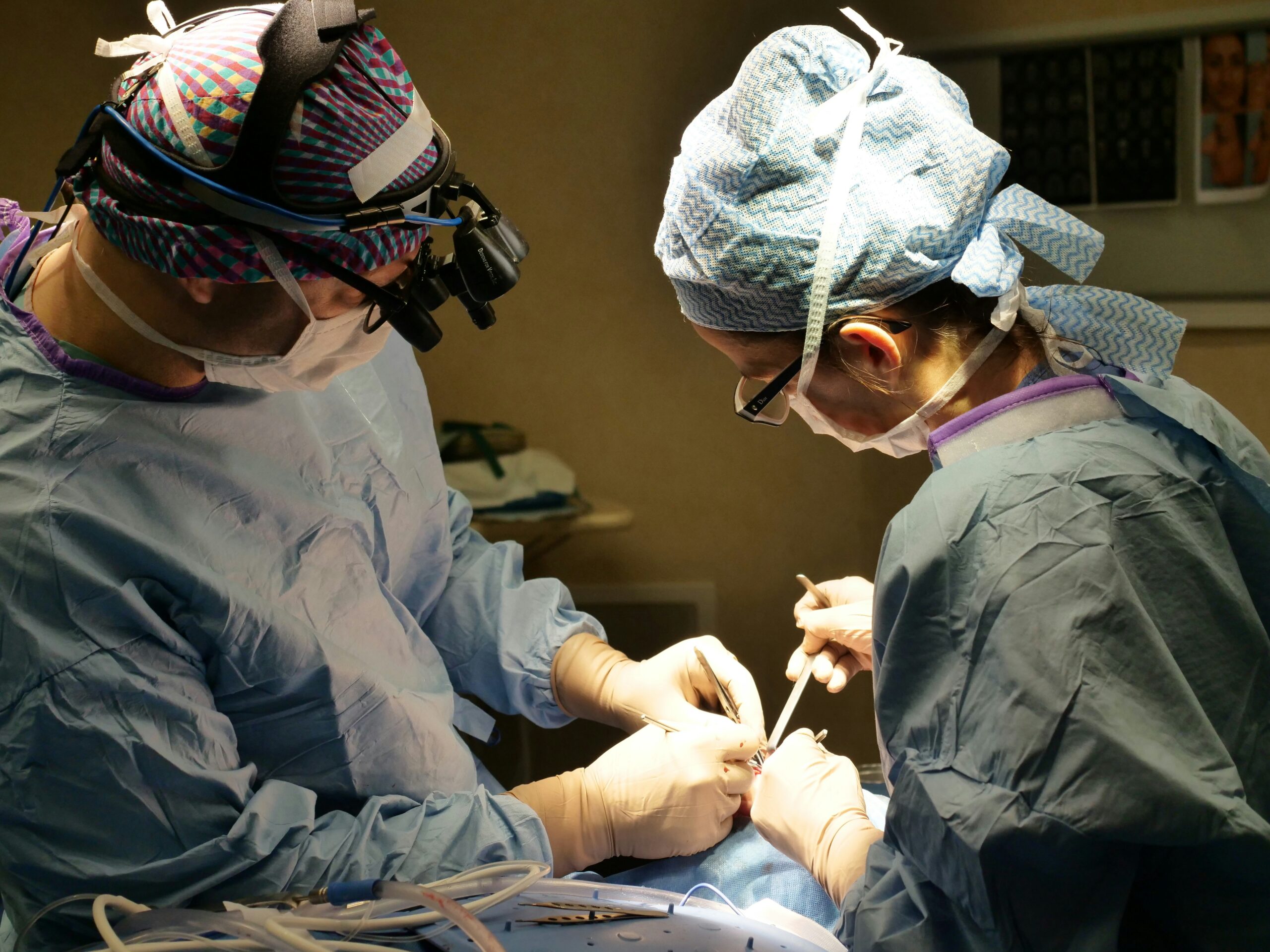
Glaucoma is a complex eye condition that causes damage to the optic nerve, often due to increased intraocular pressure. It is one of the leading causes of blindness globally, making early detection and treatment crucial. While medications are the first line of defense, surgical intervention may be necessary for patients who do not respond well to medications or whose condition worsens over time. Recent advances in surgical techniques have transformed how glaucoma is treated, offering patients more effective, less invasive options. This article explores the latest glaucoma surgery techniques that improve outcomes and quality of life for many patients.
Minimally Invasive Glaucoma Surgery (MIGS)
One of the most significant innovations in recent glaucoma treatment is the development of minimally invasive glaucoma surgery (MIGS). MIGS procedures are designed to lower intraocular pressure with smaller incisions and less tissue disruption than traditional glaucoma surgeries. MIGS options can be used with cataract surgery, providing a dual benefit for those with both conditions.
Among the most common MIGS procedures is micro-stag implantation, such as the iStent or Xen Gel Stent. These tiny devices are inserted into the eye’s drainage angle to help increase fluid outflow, thus reducing intraocular pressure. Additionally, MIGS procedures typically carry fewer risks than traditional methods, making them suitable for many patients.
Trabeculectomy Surgery: A Time-Tested Approach
Despite the rise of MIGS techniques, trabeculectomy remains one of the most widely used surgical treatments for glaucoma. This procedure involves creating a new drainage channel in the eye to help reduce intraocular pressure by allowing excess fluid to drain away. It has been a cornerstone in glaucoma surgery for decades.
Trabeculectomy is typically reserved for more severe cases of glaucoma, as it requires more significant intervention. During the surgery, the surgeon creates a small flap in the cornea and removes a small section of tissue to form a drainage reservoir. Nonetheless, it remains reliable for controlling intraocular pressure in patients with difficult-to-manage glaucoma.
Canaloplasty: A Less Invasive Drainage Technique
Canaloplasty is a newer technique that focuses on improving the eye’s natural drainage system, the Schlemm canal. This surgery involves using a catheter to open up the Schlemm canal and restore its ability to drain fluid from the eye. Canaloplasty is typically performed on patients who have moderate to severe glaucoma and are not candidates for MIGS or other less invasive procedures.
What sets canaloplasty apart from traditional surgeries is its approach to using the eye’s natural structures. Unlike trabeculectomy, which involves removing tissue from the eye, canaloplasty enhances the existing drainage system. It involves fewer risks of complications like scarring or infection and is often considered a more gentle option compared to more aggressive surgical techniques. Canaloplasty can provide lasting pressure reduction while minimizing the need for long-term medication.
Laser Surgery for Glaucoma
Laser surgery has become an increasingly popular option for treating glaucoma, offering a less invasive alternative to traditional surgeries. Treatments can be used as standalone procedures or in conjunction with other surgical methods to improve intraocular pressure. Depending on the type of glaucoma, the goal of laser surgery is to either increase fluid drainage or decrease fluid production.
One common form of laser surgery is selective laser trabeculoplasty (SLT). This technique uses a laser to improve its function to target the trabecular meshwork, the eye’s drainage system. SLT is used mainly for open-angle glaucoma, the most common form of the condition, and it works by enhancing the flow of aqueous humor out of the eye. SLT is particularly advantageous for patients who want to avoid daily medications or for those who have difficulty adhering to them. It is also highly effective in reducing intraocular pressure and has a low risk of complications.
Another laser technique, laser peripheral iridotomy (LPI), treats angle-closure glaucoma. In this procedure, a laser creates a small hole in the peripheral iris, allowing fluid to flow more freely within the eye. This procedure can help prevent acute angle-closure attacks and medical emergencies. Laser treatments are less invasive than traditional surgery, with a faster recovery time, making them a viable option for many patients.
Endoscopic Cyclophotocoagulation (ECP)
Endoscopic cyclophotocoagulation (ECP) is an advanced laser technique that targets the ciliary body, which is responsible for producing aqueous humor. By using a small endoscopic camera, the surgeon visualizes the ciliary body and applies a laser to reduce fluid production. This technique is beneficial for patients with glaucoma that is not adequately controlled with medications or other forms of surgery.
ECP is considered less invasive than other traditional surgeries like trabeculectomy because it doesn’t require large incisions. The endoscopic technique allows for greater precision and can be performed with minimal disruption to surrounding tissues.
Personalized Treatment: The Future of Glaucoma Surgery
As technology advances, the future of glaucoma surgery is moving towards more personalized and tailored treatment options. Genetic studies and advancements in artificial intelligence (AI) are allowing doctors to better understand each patient’s specific needs. This will enable surgeons to select the most appropriate treatment method based on factors like the type of glaucoma, the patient’s medical history, and even their genetic predisposition to specific surgical outcomes.
Integrating AI into glaucoma surgery will enhance precision and improve surgical outcomes. AI algorithms can assist surgeons in planning and executing surgeries with greater accuracy, ensuring better patient results. Additionally, future surgical techniques may focus on providing even more minimally invasive options, reducing recovery time, and improving long-term success rates.
Glaucoma surgery has made remarkable strides in recent years, offering patients more options. Minimally invasive techniques, laser treatments, and personalized approaches are transforming the way glaucoma is treated. While each surgical technique has its advantages and risks, the goal remains to reduce intraocular pressure and preserve vision. With continued research and innovation, the future of glaucoma surgery looks promising, offering hope for patients worldwide. As always, individuals with glaucoma need to work closely with their ophthalmologists to determine the best treatment plan tailored to their unique needs.